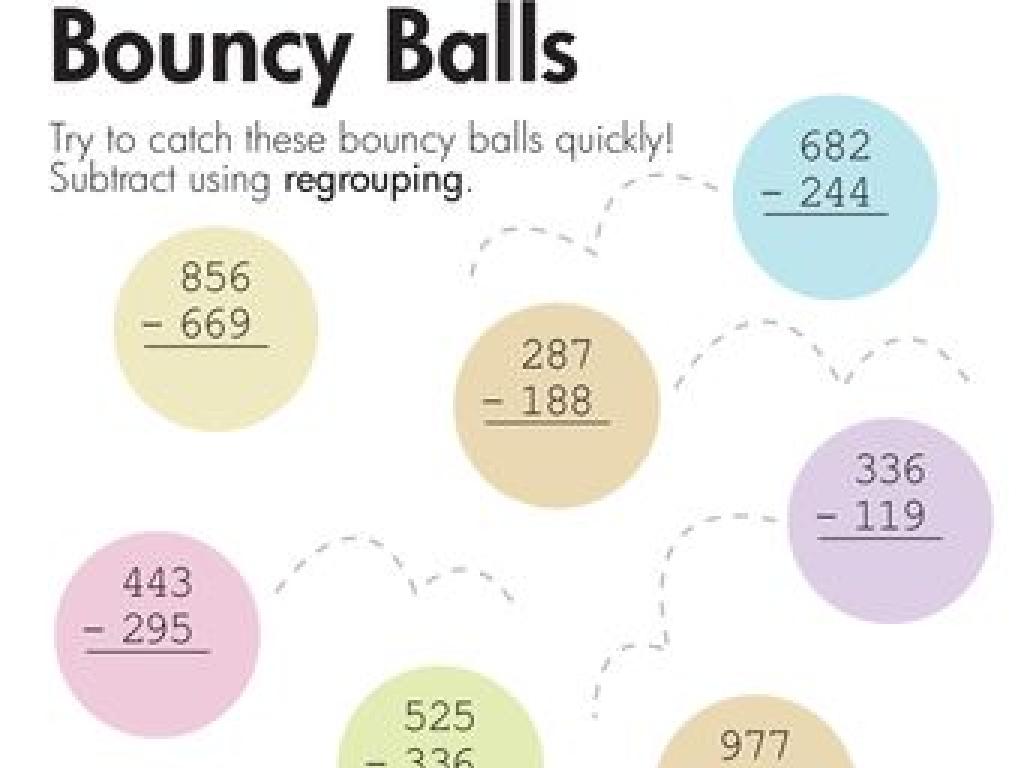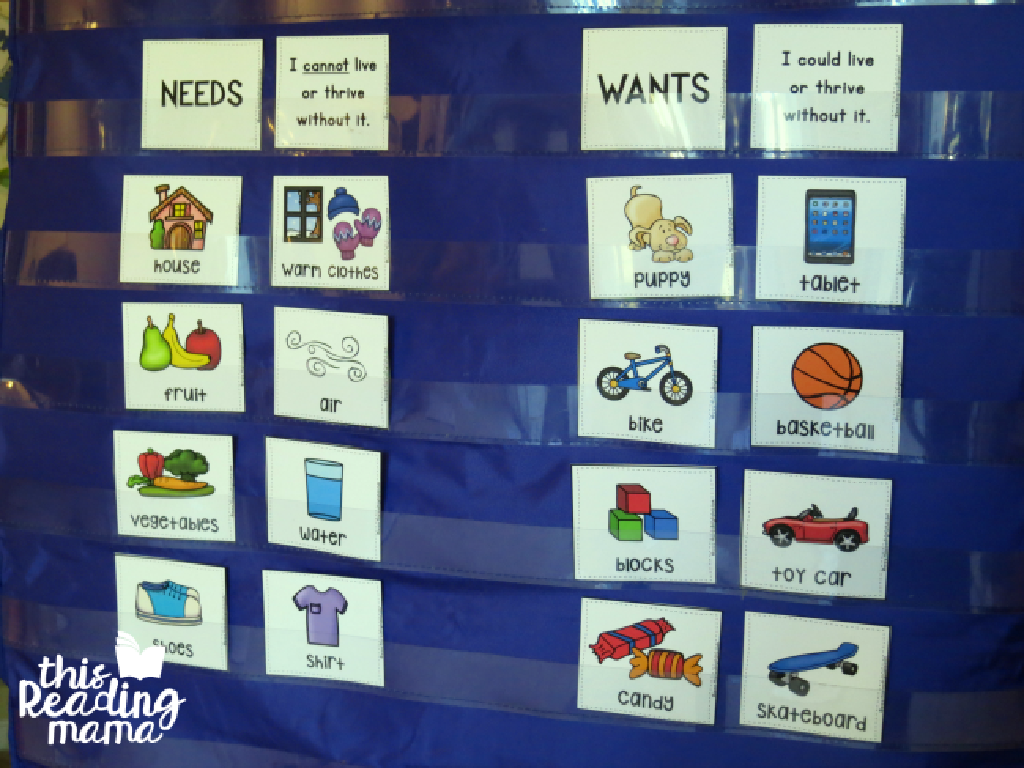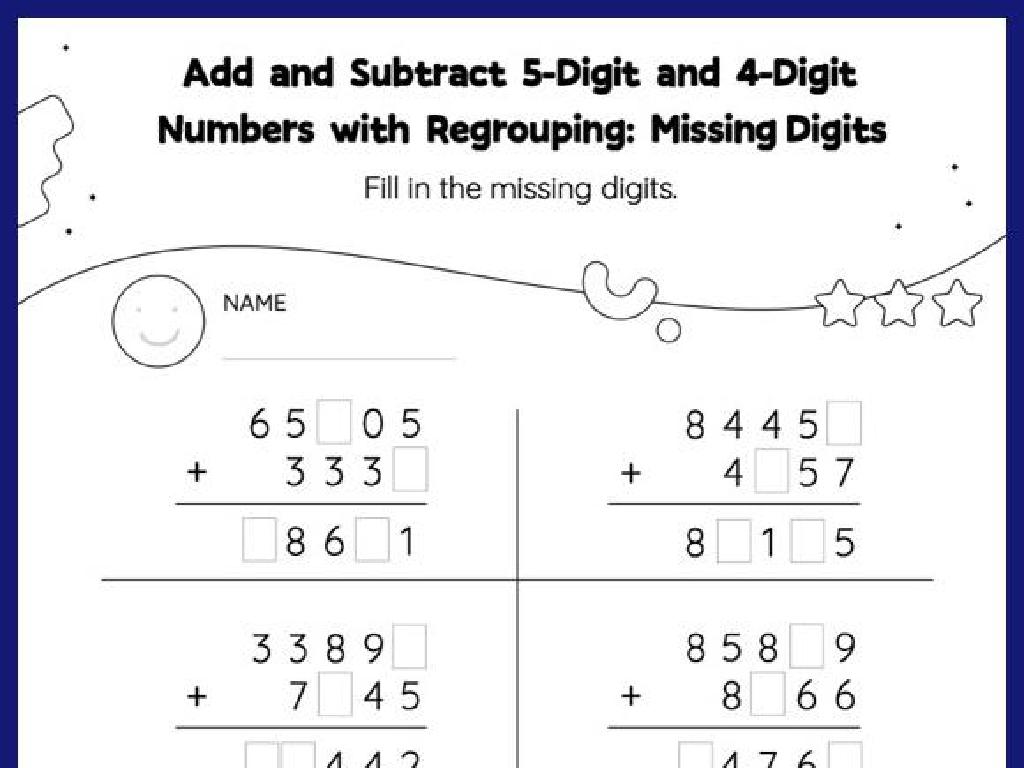Use The Correct Homophone
Subject: Language arts
Grade: Fourth grade
Topic: Homophones
Please LOG IN to download the presentation. Access is available to registered users only.
View More Content
Introduction to Homophones
– What are Homophones?
– Words that sound alike but have different meanings
– Sound the same, different meanings
– Different spellings
– Examples: ‘to’, ‘two’, ‘too’
– ‘To’ is for direction, ‘Two’ is a number, ‘Too’ means also
|
Homophones are words that sound the same when spoken but have different meanings and are spelled differently. They can be tricky for students to grasp, so start with familiar examples. ‘To’ is used for expressing direction, as in ‘going to school.’ ‘Two’ is the number after one. ‘Too’ is used when meaning ‘also’ or to indicate excess, as in ‘too much.’ Use visual aids to help students differentiate between these words in written form. Encourage students to come up with their own sentences using these homophones to reinforce their understanding.
The Importance of Homophones
– Understanding homophones is key
– Homophones are words that sound the same but have different meanings, like ‘to’, ‘two’, and ‘too’.
– Prevents confusion in writing
– Using the wrong homophone can change the meaning of a sentence and confuse the reader.
– Enhances reading comprehension
– Recognizing homophones helps us understand the correct meaning of a text.
– Improves communication skills
– Knowing the right word to use helps us to express our thoughts clearly and be understood by others.
|
Homophones are a critical aspect of learning English because they can lead to misunderstandings if used incorrectly. It’s important for students to learn that although these words sound the same, they have different spellings and meanings. Emphasize the importance of context to determine which homophone is appropriate in a given sentence. Provide examples and practice exercises to help students differentiate between commonly confused homophones. Encourage them to think about the meaning of what they want to say and choose their words carefully to avoid confusion. This will not only improve their writing but also their ability to communicate effectively.
Homophones: Words That Sound the Same
– Pair vs. Pear
– ‘Pair’ means two items, ‘Pear’ is a fruit.
– Flour vs. Flower
– ‘Flour’ is for baking, ‘Flower’ grows in the garden.
– Son vs. Sun
– ‘Son’ is a child, ‘Sun’ is in the sky.
|
This slide introduces students to homophones, which are words that sound the same but have different meanings and spellings. Use visual aids like pictures of a pear, a sack of flour, and the sun to help students remember each homophone pair. Encourage students to come up with sentences using each word to demonstrate their understanding of the differences. For example, ‘I have a pair of socks’ and ‘I ate a juicy pear.’ This will help solidify their comprehension of homophones in a fun and interactive way.
Choosing the Right Homophone
– Read sentences attentively
– Grasp the sentence context
– Context is the setting or situation in which words are used
– Pick the fitting homophone
– Homophones sound the same but have different meanings, like ‘to’, ‘too’, ‘two’
– Practice with examples
– ‘Their dog loves to run.’ vs. ‘They’re going to the park.’
|
This slide aims to teach students how to correctly use homophones, which are words that sound alike but have different meanings and spellings. Start by encouraging careful reading to understand the sentence structure and meaning. Discuss the importance of context in determining the correct homophone. Provide clear examples to illustrate how the meaning of a sentence changes with different homophones. Engage the class with practice sentences where they choose the correct homophone. This interactive approach helps solidify their understanding and application of homophones in writing.
Homophones in Literature
– Homophones create puns and humor
– Authors play with words to make us laugh
– They enrich poetry and prose
– Similar sounding words add depth to writing
– Example: ‘I eye the ice cream’
– ‘Eye’ and ‘I’ sound the same but have different meanings
– Understanding through context
|
This slide aims to show students how homophones are used creatively in literature to add humor and depth. Homophones are words that sound alike but have different meanings and spellings. Authors often use them to create puns, which are jokes exploiting the different possible meanings of a word, or to add layers of meaning to their writing, especially in poetry where the sound of words is as important as their meaning. The example ‘I eye the ice cream’ demonstrates how homophones can be used in a sentence. ‘Eye’ as a verb means to look at something with interest, while ‘I’ is a pronoun. In class, discuss how context helps us determine which homophone is being used. Encourage students to bring their own examples from books they’ve read or to create their own sentences using homophones.
Practice Time: Choosing the Right Homophone
– Practice selecting homophones
– Complete the worksheet as a class
– We’ll work through examples together on the worksheet
– Be prepared to explain your choices
– Think about the meaning of each sentence to decide
– Understanding homophones is key
|
This slide is designed to engage students in a class activity focused on homophones. The worksheet should include pairs or sets of homophones used in sentences with blanks for the students to fill in the correct word. Encourage students to read the sentences aloud and use context clues to determine the correct homophone. After completing the worksheet, ask volunteers to share their answers and the reasoning behind their choices. This will help reinforce their understanding of homophones and how they are used in language. Provide guidance and clarification as needed. Possible activities could include matching homophones, filling in the blanks in sentences, or creating their own sentences using a list of homophones.
Class Activity: Homophone Hunt
– Engage in a homophone scavenger hunt
– Find objects with homophones in class
– Write sentences with correct homophones
– For ‘flower’, write ‘The flower is blooming’ and ‘Please, flour the chicken before frying.’
– Share your sentences with the class
|
This interactive activity is designed to help students understand homophones words that sound the same but have different meanings and spellings. Students will search the classroom for everyday objects that have homophones. Once they find an object, they should write a sentence using the correct homophone of that object. For example, if a student finds a ‘flower’, they could write a sentence for ‘flower’ and its homophone ‘flour’. After the hunt, students will share their sentences with the class, providing an opportunity to discuss the different meanings and uses of homophones. This activity will enhance their vocabulary and spelling skills in a fun, engaging way.
Homophones: Conclusion and Homework
– Congratulations on learning homophones!
– Write a story with 10 homophones
– Include pairs like ‘pair’ and ‘pear’
– Use each homophone correctly
– For example, ‘their’ when it’s about people, ‘there’ for a place
– Context determines the right homophone
– Words that sound the same but have different meanings and spellings
|
Great work today, class! For homework, you’ll get to be creative and write your own short story. Remember to include at least 10 different homophones these are words that sound the same but have different meanings and spellings. Make sure you’re using the correct homophone based on the context of your story. This will help you understand how homophones work in real sentences. For example, ‘I went to the park to eat a pear’ uses ‘pear’ to describe the fruit, not ‘pair’ which means a set of two. Have fun writing and I can’t wait to read your stories!






